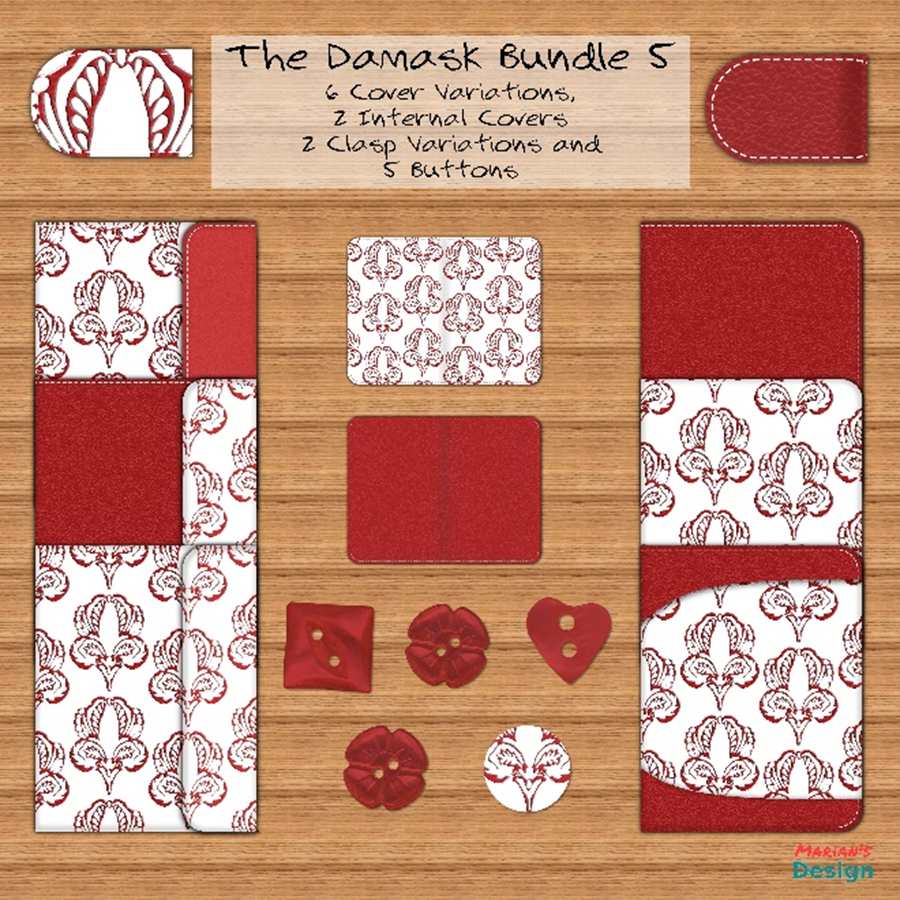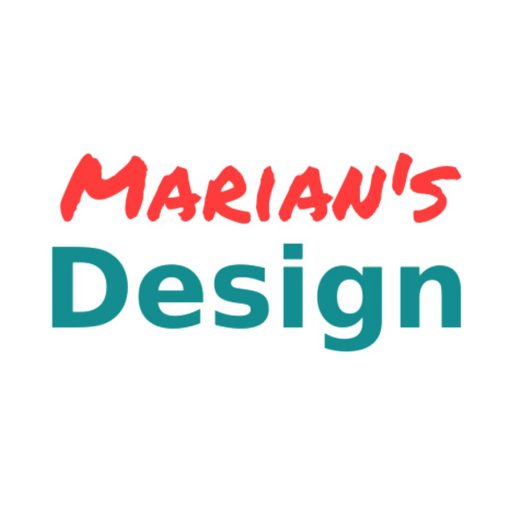There are three parts to my business and they are more basic than journals or planners or courses. In fact, journals etc make up one of the them.
The Three Parts are Product, Marketplace and Getting People to the Marketplace.
Let’s look at each of these in turn.
Product.
Over the last twelve months or so, I have been teaching you ways to create your products using mainly PowerPoint. To me, this is the fun part. Taking an idea to make something from nothing or making something unique from a template is play as far as I am concerned. It is important that your product is as unique as you can make it in the niche you are in and also as good as you can make it.
I love the challenge of working out how to do something. To be honest, after I have created it, I want to do another one or start something new so I have to discipline myself to go on with the process so I can put it out for sale! This could be where I personally need help, so something for me to look into.
Creating products that the public want is an area I keep researching and try to refine my process. After all, there is no point creating the world’s best widget that nobody wants.

So when you are creating your products,
- Think of who will buy them and do some research to make sure there is a market.
- Then create them and make them the best you can – if you produce a crap product, then you will get crap reviews and people will not buy from you again.
Marketplace
After you have created your products, you need somewhere to sell them. The easiest way is to load them onto a large marketplace and start another product. The two obvious marketplaces are Amazon and Etsy. But there is another place you can load your products, and that is your own website. There are advantages and disadvantages to them all, so let’s have a look at each marketplace.
Amazon is a huge marketplace that people visit to buy something. There isn’t another reason for going there unless you are checking your Alexa shopping list! Your products are in front of many people.
If you are selling Journals and Planners, it is free and easy to load them onto the platform and if they sell, they will pay you.
The downside of this is you are completing with many products, so how will yours get seen? They only paid you a percentage of the sale price and they pay it to you at least one month after the sale. So they get to use the money for a month! You can increase your visibility buy advertising, which reduces your profits so this can be a great way to lose money.
Etsy is another huge marketplace and like Amazon, people go there to buy something.
Also like Amazon, it is easy to load your product onto their platform and if they sell it, they will pay you. It is not free to list your product; it costs 20 cents for a 3 month listing. Once you have sold your product, they take a cut of the earnings as fees plus a re-listing fee, so you need to take this into account.
Like Amazon, you can advertise, but this will increase the overheads and decrease the profit.
The cons I have mentioned for both Amazon and Etsy fade into insignificance compared to these last two disadvantages. The first is ANYONE WHO BUY FROM YOU ON THESE TWO SITES ARE NOT YOUR CUSTOMER. They are Amazon’s and Etsy’s customer. The second is IF YOU ARE CLOSED DOWN BY AMAZON OR ETSY, YOU LOSE WHAT LITTLE CONTACT YOU HAVE WITH YOUR CUSTOMERS AND HAVE LOST YOUR MARKETPLACE! You would have to start again from scratch!
Your own website – this the scarey one. It takes some effort. You have to buy a domain name, set up hosting, design your site with headers, logos, color scheme, shop and………………..

The list seems endless, so why is it a good option? It is a good option because you are creating your own platform. As long as you pay the renewal fees and the platform is legal, moral and decent, no one can shut you down. You have control of the site, the pricing (and profit) and most importantly, you have a list of clients you can sell to again and again!
You are not just restricted to PDF’s, PNG’s or Courses. If you sell your planners on Amazon, you can even become an associate of Amazon and sell your books on your site so that you get a seller’s fee and a referral fee! How good is that?
Another thing is your website is also a saleable asset so if you plan to retire at some point, you can sell the business and website to help pay for your retirement OR you can pass the business and website on to your family if you die.
So my advice on marketplace is don’t ignore Etsy and Amazon as they are good places to start BUT as soon as you can set up your own online shop. There are two great platforms to choose from – WooCommerce and Shopify. Neither is perfect but both are good. Neither is totally free but I think it is money well spent. (I use WooCommerce but that was my choice).
Traffic.
Traffic – getting people to look at your product so they might buy. This is the hard one for whichever marketplace you choose.
Things to consider are.
- Is your product what people want and at the right price?
- Which marketplace?
- Does the marketplace have traffic to that type of product?
- Can I influence the traffic – product SEO (title description, keywords etc.).
- Advertising – paid or unpaid? What are the upfront costs? What are the hidden costs.
- Other ways to create traffic. Building your list of customers? Pinterest? Instagram?
Conclusion
Have a look at your product creation and selling process. Are you creating great unique products? Are you selling them in the right marketplace? Are you creating a client list so if things go horribly wrong you can quickly start again? How are you getting traffic to your products?

Very valid point, Marian! I am currently debating if I should go with Woo-commerce or Shopify. I used Shopify before for my other business and wasn’t that keen on them. But it could be just me. Thank you for thoroughly listing all pros and cons.
Wait until this Friday. Just found out about a new course coming out on WooCommerce!
Thanks. Nice and concise, Marian. A great sound bite of information at 5.30 mins long.
Thanks Kaye.